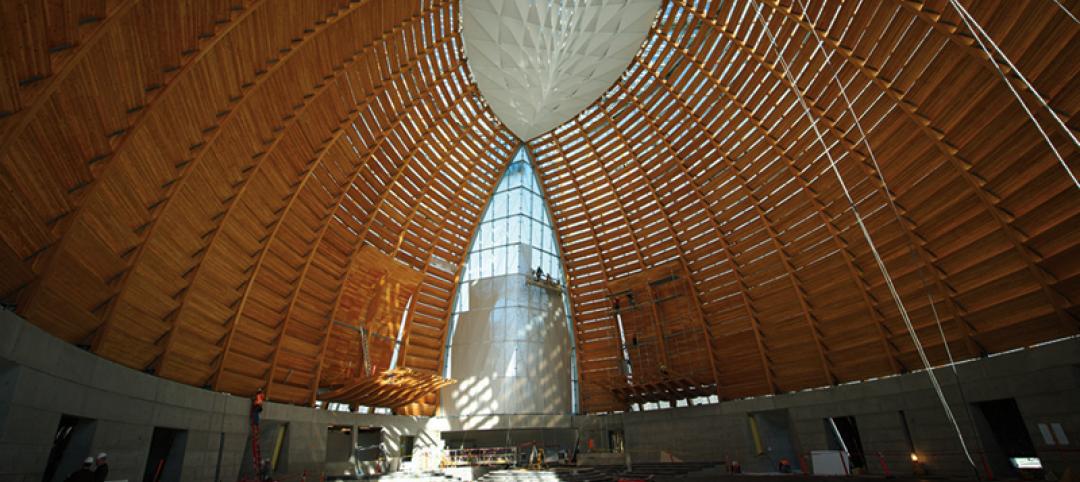Tacoma, Wash., recently initiated a study to find ways to increase building material reuse through deconstruction and salvage.
The city council unanimously voted to direct the city manager to investigate deconstruction options and estimate costs. The study will focus on devising salvage assessments that identify reuse cases for recovered building materials and identify ways to reduce deconstruction costs and shorten timelines.
Tacoma joins several cities including Pittsburgh, Milwaukee, and San Antonio that are developing programs to recover, reuse, and recycle building materials from buildings that are slated to be torn down. Portland, Oregon, already has a deconstruction ordinance on the books. That city requires buildings constructed before 1940 to be deconstructed rather than demolished.
Proponents for a similar ordinance in Tacoma cited several benefits: a higher likelihood of finding and safely disposing hazardous materials, limiting air pollution resulting from demolition, and reusing historic building materials to build new structures that reflect existing architectural styles. Opponents cited concerns over longer project timelines that would result from the proposal.
Related Stories
Concrete | Jan 15, 2016
Fallingwater to Sydney Opera House: Ranking the world’s best concrete buildings
Large and small, some of the most iconic structures of all time were made of the composite building material.
| Jan 14, 2016
How to succeed with EIFS: exterior insulation and finish systems
This AIA CES Discovery course discusses the six elements of an EIFS wall assembly; common EIFS failures and how to prevent them; and EIFS and sustainability.
Building Materials | Nov 16, 2015
A new database sheds more light on building products’ content
The Quartz Project’s collaborators, which include Google, hope these data will better inform design decisions.
Building Materials | Nov 5, 2015
U.S. Naval Research Lab develops transparent aluminum
The material is made out of highly compressed aluminum powder.
Architects | Oct 20, 2015
Four building material innovations from the Chicago Architecture Biennial
From lightweight wooden pallets to the largest lengths of CLT-slabs that can be shipped across North America
Building Materials | Oct 16, 2015
Challenges in arctic, subarctic regions subject of new ASHRAE guide
Cold, remoteness, limited utilities, and permafrost addressed.
Building Materials | Sep 25, 2015
Dept. of Agriculture encouraging tall wood structure construction
Prize awarded for 10-story or higher wooden buildings
Building Materials | Aug 28, 2015
Structural steel buildings specification available for second public review
Next year's specification open for comments until Sept. 21
Sponsored | Building Materials | Jul 29, 2015
Glulam provides aesthetic, structural, and safety solution for Appleton Mills project
The Appleton Mills complex includes 5 million square feet of space, with an original structure built in the 1870s and another building added in 1906
Sponsored | | Jul 24, 2015
Nature in Design: The Biophilia Effect
The preference for nature has a name: biophilia, which literally means “love of life.”

















